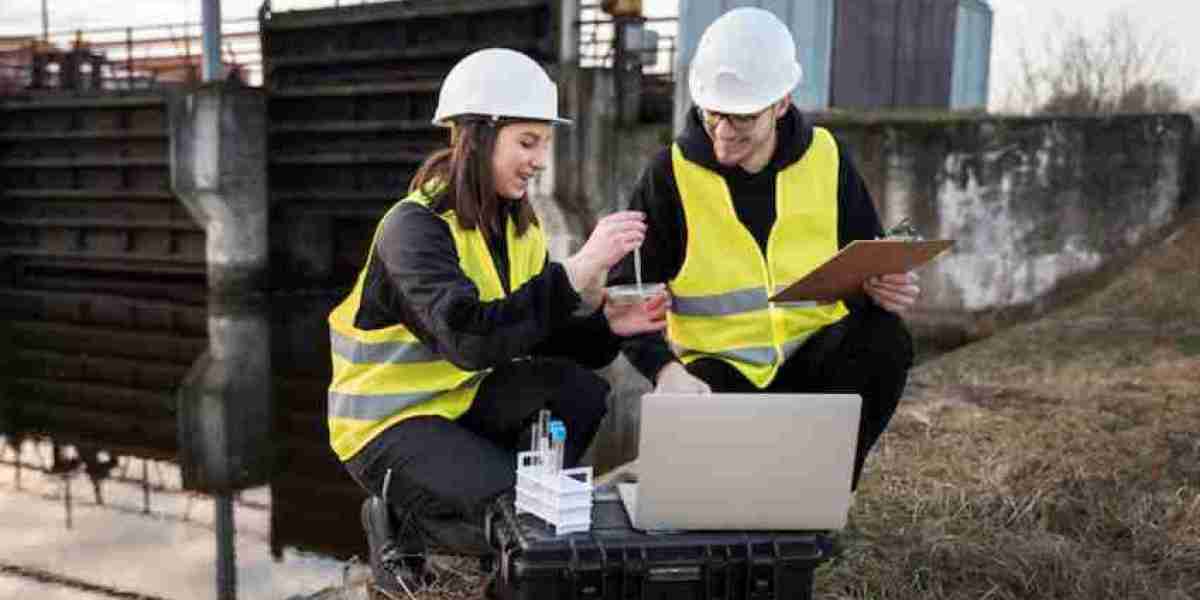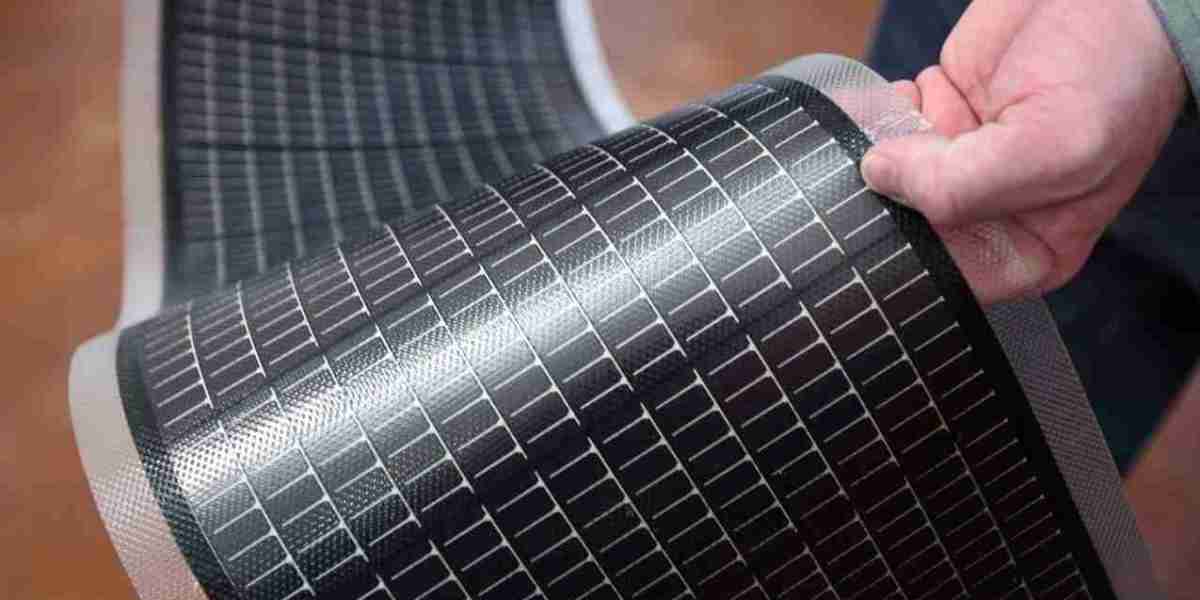For rural households across the United Kingdom, heating oil remains a vital lifeline—especially in areas where the gas grid doesn’t extend. But as the energy landscape evolves, so too do the methods by which this essential fuel is delivered. From smarter logistics to greener fuels and community-powered solutions, today’s rural heating oil delivery models look quite different than they did just a decade ago.
In this article, we’ll explore the emerging trends that are reshaping heating oil delivery in the UK’s countryside, helping homeowners get more value, reliability, and sustainability from their supply.
1. Smart Tank Monitoring: Say Goodbye to Manual Checks
One of the most welcome innovations in recent years is smart tank monitoring. Traditional methods of checking oil levels with a stick or gauge are giving way to digital tank sensors that track levels in real time and send alerts when it’s time to refill.
Suppliers are now offering:
Automatic reordering when oil levels drop below a set threshold.
Integration with mobile apps, letting customers monitor usage from their phone.
Better fuel management, especially during cold snaps when demand surges.
This technology not only prevents unexpected outages but also helps suppliers optimise delivery routes, reducing costs and emissions.
2. Community Bulk Buying: Strength in Numbers
Rural communities are increasingly turning to group buying schemes to cut costs. By pooling their fuel orders, neighbours can negotiate better prices and reduce the number of tanker visits needed.
Here’s how it works:
A group of households agrees on a delivery window.
A co-ordinator (sometimes a volunteer, sometimes automated via platforms like The Oil-Club) arranges the bulk order.
Suppliers deliver to multiple homes in a single trip, passing on significant savings.
In places like Shropshire and Lincolnshire, this trend has become a grassroots success story—offering both financial and environmental benefits.
3. Scheduled & Subscription-Based Deliveries
Much like our groceries or broadband packages, heating oil is now being offered through subscription models or scheduled delivery plans. These services predict when you’ll need oil based on your usage history, the weather, and tank data.
What’s in it for rural homeowners?
Predictable pricing through fixed-term contracts.
Less stress about running low in winter.
A more personalised, proactive service from suppliers.
Companies like Watson Fuels and Certas Energy are already offering flexible subscription-based options, particularly popular among older residents and those managing second homes in remote areas.
4. Greener Delivery Fleets and Fuel Choices
As environmental concerns become more urgent, many heating oil suppliers are upgrading their delivery fleets and embracing low-carbon alternatives. In fact, a growing number are investing in:
Hybrid and electric delivery vehicles, reducing emissions during rural deliveries.
Carbon-offsetting initiatives, allowing customers to neutralise their heating impact.
More efficient logistics software to reduce road miles and fuel waste.
The delivery isn’t the only thing going green—renewable fuels like HVO (Hydrotreated Vegetable Oil) are slowly entering the domestic heating space. While not yet mainstream due to cost, pilot programmes across rural England are testing its viability as a low-emission kerosene alternative.
5. Online Ordering: Heating Oil at Your Fingertips
In an age where convenience matters more than ever, rural suppliers are making it easy to order heating oil online, compare prices, and track deliveries. Gone are the days of calling around for quotes.
Today’s platforms allow:
Instant price comparison between multiple local suppliers.
Secure online payments and loyalty discounts.
Real-time tracking, so you know exactly when your delivery is due.
This digital shift is especially appealing to younger homeowners moving into rural areas, who expect the same seamless experiences they get from e-commerce and other services.
6. HVO & Biofuel Integration: The Future Is Renewable
One of the most promising long-term trends is the introduction of HVO fuel as a direct replacement for traditional heating oil. Already used in transport and backup generators, HVO is now being trialled in homes as a drop-in solution that can cut carbon emissions by up to 90%.
Key developments:
OFTEC and UKIFDA have launched real-world trials in Cornwall and Northern Ireland.
Households can continue using their existing oil boilers with only minor tweaks.
HVO could become a mainstream option by the late 2020s as supply chains mature.
For rural homeowners looking to futureproof their energy setup, keeping an eye on this trend is essential.
7. Same-Day and Emergency Deliveries: Rapid Response
With UK winters becoming more unpredictable, rural households increasingly rely on emergency oil delivery services. Suppliers are stepping up with:
Same-day or next-day delivery guarantees, especially during cold spells.
24/7 hotlines and mobile alerts.
Special plans for vulnerable or elderly customers, prioritising them during shortages.
Speed and reliability are now key differentiators for heating oil firms competing for rural loyalty.
8. Transparent Pricing & Customer Engagement
Customers today expect more than just oil—they want clear communication and value-added services. Suppliers are responding by offering:
Detailed price breakdowns and transparent billing.
Regular updates on market trends, including oil price forecasts.
Energy-saving tips and seasonal maintenance advice.
Many firms are investing in email newsletters, blog content, and customer portals to keep users informed and loyal.
Final Thoughts: A Sector in Transition
Rural heating oil delivery in the UK is undergoing a quiet revolution. What was once a manual, seasonal, and reactive service is becoming smart, data-driven, customer-focused, and environmentally responsible.
For households in the countryside, these new models mean:
Greater convenience.
Lower running costs.
Reduced carbon footprints.
A heating experience that’s aligned with modern expectations.
As policy shifts toward decarbonisation and cleaner energy, rural oil suppliers and consumers alike must adapt—because the future of heating in the UK will be not just warm, but smart, sustainable, and seamless.




